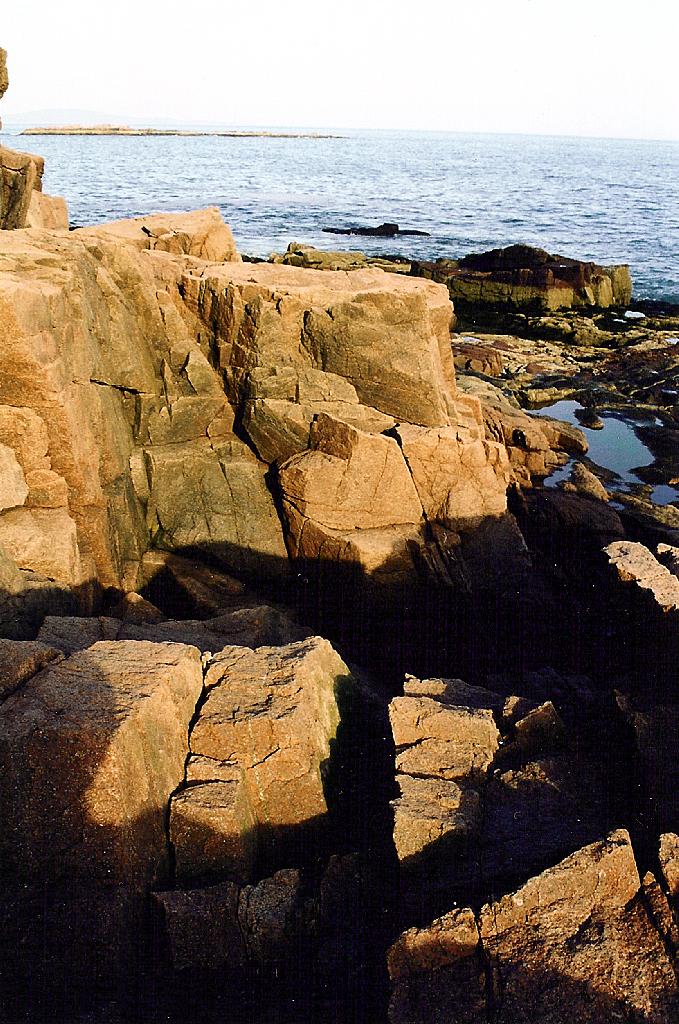Introduction
Picking up, examining and collecting rocks can be the first steps in moving children toward an appreciation of geology and the “bones” of the Earth. Children can find a wide variety of rocks in many places, from the school yard to parks and driveways at home. Even very young children enjoy picking up rocks, lining them up, choosing “favorite” ones, pouring water over them to make them shiny and even painting them as gifts for adults. By letting children handle and observe rocks you give them an entry point to learning about their planet and the processes that shape the planet.
Target Age Group
Upper elementary.
What are Children Likely to Know?
Most children have seen and touched rocks, even if they have only picked up gravel from a driveway. They typically describe rocks as “hard” and “heavy.” They will know that rocks are different colors, shapes and sizes, but they may know little about the types of rocks and how these are formed. They may also know very little about the relationship between rocks and minerals.
Finding Out What Your Students Already Know about Fossils
The more information you can collect about your students’ understanding of science concepts in advance, the better you can plan effective learning experiences for them. The time you spend unearthing their ideas through pre-assessment exercises is a good investment. Apart from alerting you to what your students know about rocks, it also gets them going--focusing them on what they will be doing. A pre-assessment gives students a chance to revisit their earlier thinking as they go through the learning process, and add new knowledge with new experiences.
Here are some questions about rocks that you can use to get your students thinking. You can have them write or draw answers, share and discuss them with a partner, and then repeat the process with another pair, forming a group of four:
- What is a rock?
- What kinds of rocks are there?
- Where do rocks come from?
- How can you tell different kinds of rocks apart?
- How do humans use rocks?
When groups have discussed these questions, have them report their ideas to everyone. You can write up these ideas on the marker-board, overhead, or flipchart for later reference.
Investigation Questions
Each of the following investigations starts with an investigative question. It is important that students realize that scientists try to find out about the world by asking questions, predicting likely answers and conducting tests to see if their ideas are correct or not.
Rocks Unit Sections

